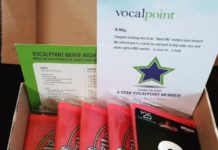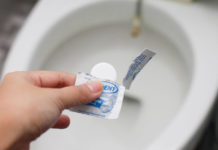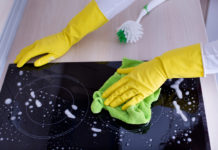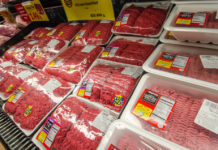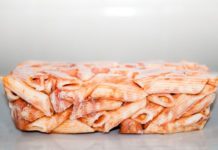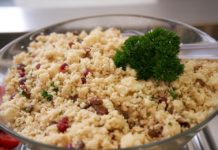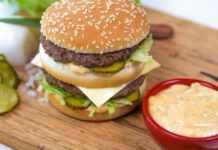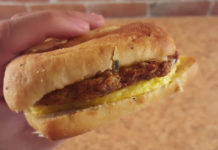According to the U.S. Centers for Disease Control and Prevention (CDC), about 48 million people get food poisoning each year. Food poisoning is contracted when people eat food that has been contaminated with harmful pathogens such as viruses or bacteria. Some foods are more prone to causing food poisoning than others, especially if they have not been correctly stored, prepared or cooked. We’ve compiled a list of foods that commonly cause food poisoning under these circumstances.
1. Chicken
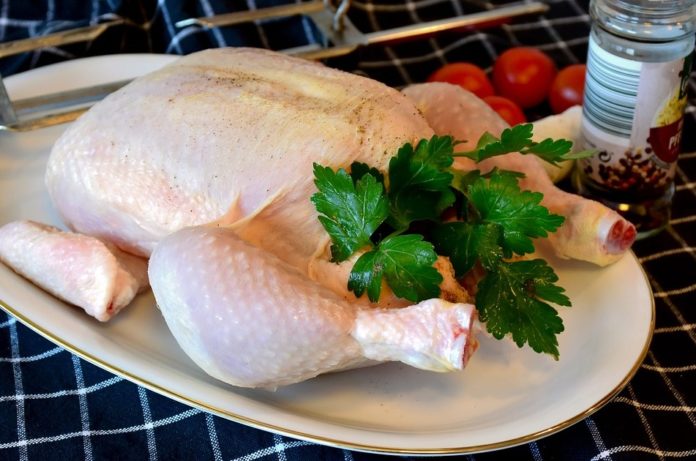
When most people think of food poisoning, they often think of chicken. Chicken is indeed responsible for more food poisoning than any other meat, although ground beef is a close second. Treat all undercooked or raw poultry as contaminated. Be sure to cook it well and to clean your hands and any surfaces that have been in contact with it. Don’t use chopping boards for poultry that get used for raw food preparation.
2. Tomatoes
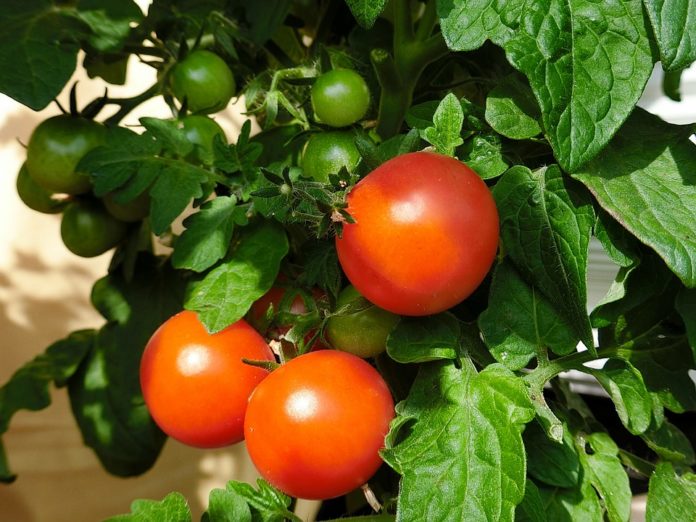
Tomatoes may be contaminated with harmful bacteria that need to be washed off if you’re not cooking them. This summer salad ingredient needs to be washed under cold running water then stored separately from other foods if you intend to eat them raw.
3. Uncooked Flour
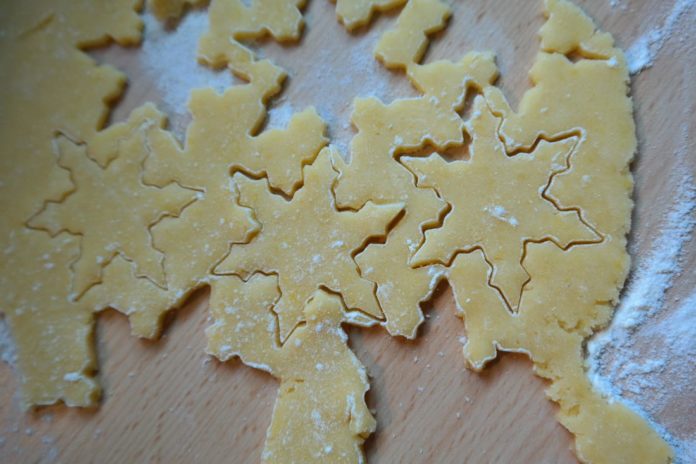
Flour is one of the raw agricultural products that aren’t pasteurized or sterilized in any way. Pathogens can contaminate the grain before it’s harvested or at any other stage in the processing. These germs are only killed when food made with the flour is cooked. Be warned—don’t eat raw cookie dough or cake batter.
4. Unpasteurized Milk and Milk Products
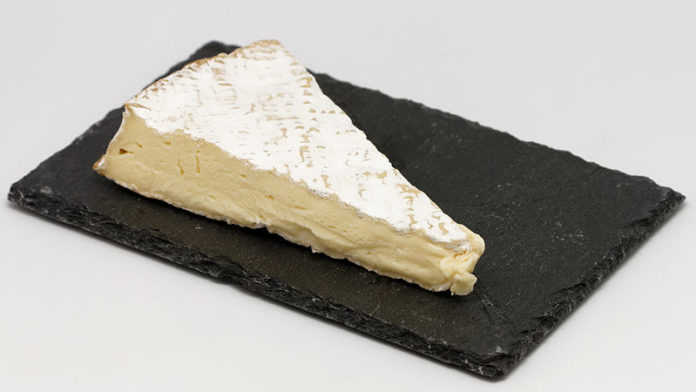
The majority of people who get food poisoning from cheese contract it at home. Cheese, especially soft cheese, can harbor Listeria or Salmonella bacteria. Among other things, they can cause miscarriage, so pregnant women should not eat soft cheese like feta, Camembert and Brie. It’s better to eat pasteurized dairy products if possible. Dairy products and food containing dairy should be kept in the fridge to prevent contamination with Staph aureus.
5. Potato salad
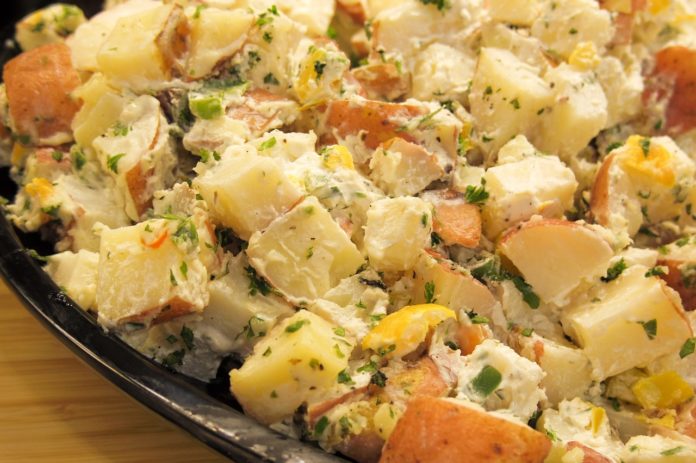
You might think mayonnaise would be at fault here, but it’s not exactly true. Most often than not, potatoes themselves are the faulty food when you get food poisoning from a potato salad. If you get your potato salad from a deli, potatoes can easily get contaminated with pathogens from meat and cheese. Make sure you get your potato salad from a reputable place if you don’t make it yourself. That could avoid a trip to the drugstore…
6. Sprouts
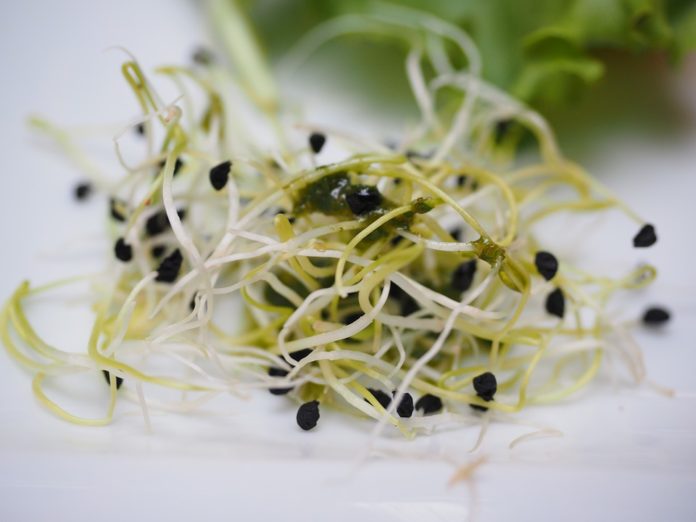
The humid environment needed for a seed to sprout and grow are the same conditions that bacteria and fungi thrive in. When the seed begins sprouting, bacteria can go inside and contaminate the sprout from within. That’s why washing them will not always get rid of the problem.
7. Canned Corn
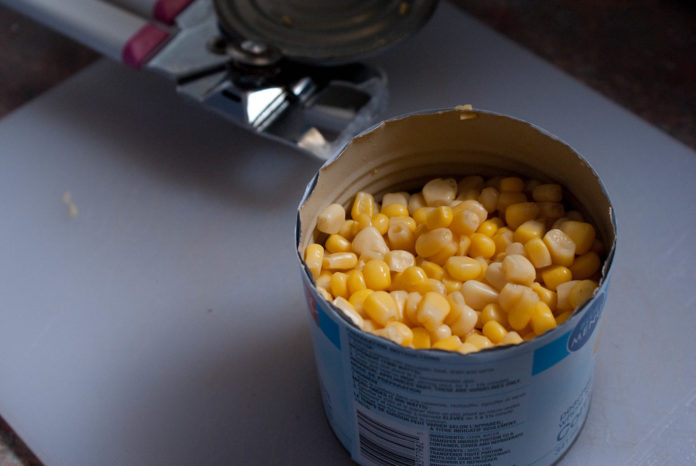
When foods are canned correctly, they are safe for consumption. However, when there’s a problem with the canning process, such as poorly sealed jars, dangerous pathogens can contaminate the food. One of the most dangerous pathogens is botulism, which can damage the nervous system and can even cause paralysis. If not treated quickly, it can lead to death. Fermented foods are also risky if the correct sterilization and canning procedures aren’t adhered to. Don’t take the quality of your canned food for granted, otherwise, you might end up in the hospital. You wouldn’t want a reason to use your health insurance, would you?
8. Burgers
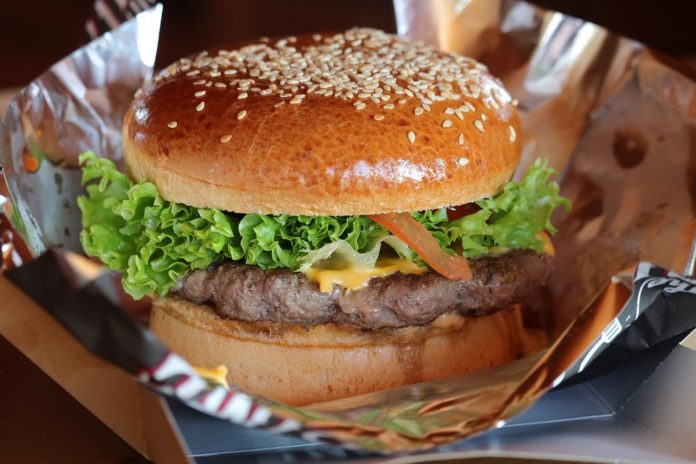
Burgers are made from ground meat—either beef, pork or chicken. In the grinding process, any pathogens that were on the meat’s surface will be mixed through the entire batch. Also, burgers are frequently undercooked on the inside in order to keep them juicy. Just looking at the color won’t tell you if the meat is properly cooked or not. It can look brown even when it hasn’t reached a safe temperature. The solution? Buy burgers from a reputable store only and make sure they’re on the well-cooked side.
9. Mushrooms
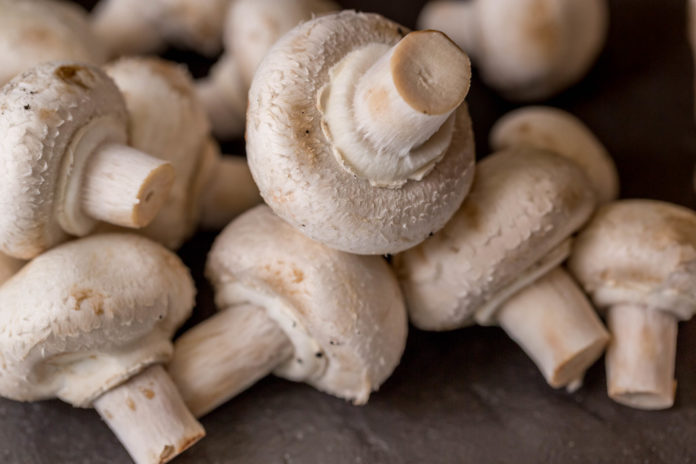
Most people know to keep away from wild mushrooms, as some varieties can cause severe food poisoning and even death. However, normal mushrooms sold in the supermarket can also cause illness. Ensure that any mushrooms you consume are super-fresh.
10. Cream-Filled Pastries
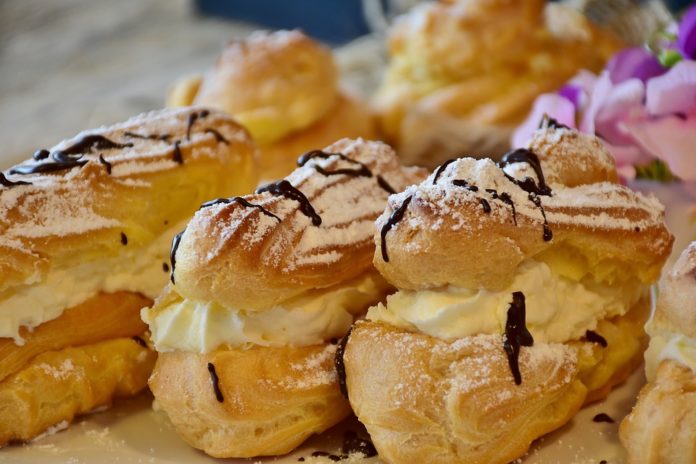
When someone prepares cream-filled pastries, they usually add the cream at the end. This means there is no additional cooking, which is why this type of pastries are more likely than others to provoke food poisoning. You really have to trust that whoever is making them has really washed their hands before preparing them, especially when you know at least a quarter of the population has traces of staphylococcus on the skin of their hands.
11. Rice
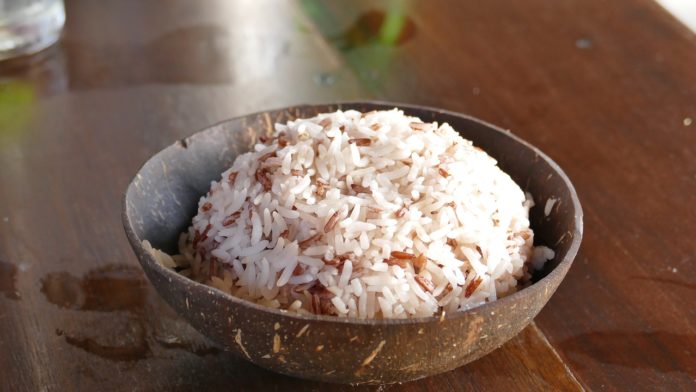
Food poisoning problems with rice are never caused by cooking, but rather by incorrect storage afterwards. Leftover rice very quickly grows bacteria, especially if it’s not chilled enough. Don’t keep leftover rice for longer than three days in the fridge. If it’s been left out overnight unrefrigerated, throw it away. Raw rice has spores of a bacterium, Bacillus cereus. The spores can survive the high temperatures of cooking and this is what causes food poisoning if the leftover rice isn’t stored correctly. When you travel, be sure to ask how long ago the rice you’re about to eat was made.
12. Watermelon
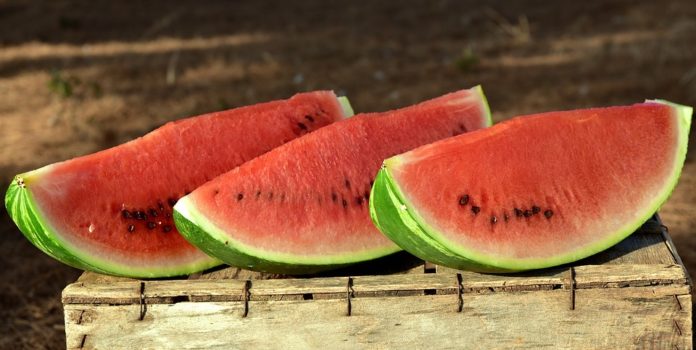
Because the tough skin of melons isn’t edible, people often don’t clean it properly. This is a mistake because when the fruit gets sliced open the knife picks up any pathogens that may be on the outside.
13. Berries
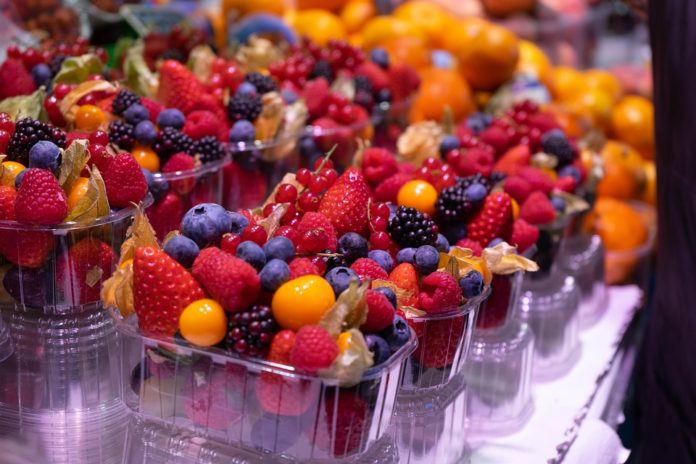
All types of berries such as blueberries, strawberries and raspberries can cause food poisoning. There may be several kinds of pathogens on them, including listeria and hepatitis A. The thin skin doesn’t provide much protection for the flesh inside. Rinsing the fruit before use may remove some of them.
14. Pistachios
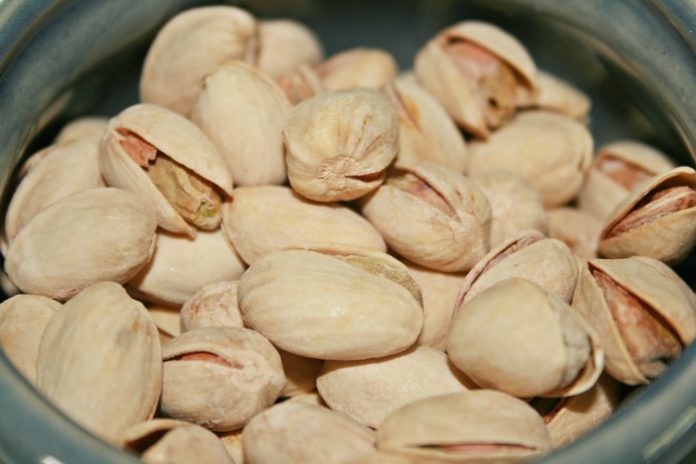
Because pistachio nuts are expensive, we tend to equate this with being safe to eat. Not always. They are sometimes infected with salmonella. Actually, out of all the food recalls in 2016 for salmonella poisoning, almost all of them were for pistachios. Both the shelled and unshelled ones seem to have the same problem.
15. Leafy Greens
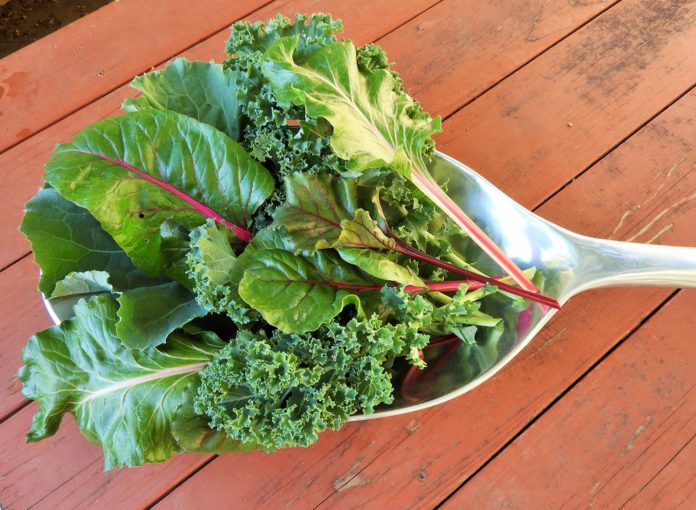
Salad greens are difficult to decontaminate because they’re not supposed to be cooked. Salad leaves such as lettuce, rocket, kale, cabbage and endives are healthy summer favorites. Farms, where they’re grown, aren’t sterile environments, so pathogens are all over. The leaves may be contaminated from manure on the farm or from your chopping board at home. According to the CDC, these products were responsible for over 250 outbreaks of foodborne illnesses between 1998 and 2008. Your best bet at prevention is to wash the leaves well under cold, running water before use. Keep your kitchen tops, hands and chopping boards clean to avoid cross-contamination from poultry and other products.
16. Eggs
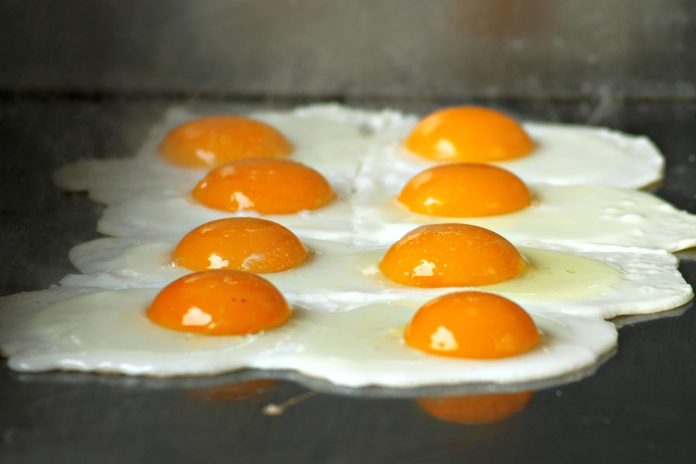
Eggs are risky products because of salmonella. This may be on the eggs if the hens that lay them are contaminated. The risk is higher if you eat raw or undercooked eggs. If eggs are stored outside the fridge for too long, they can also become contaminated with Staphylococcus aureus. This bacterium is not destroyed even with cooking.
17. Tuna
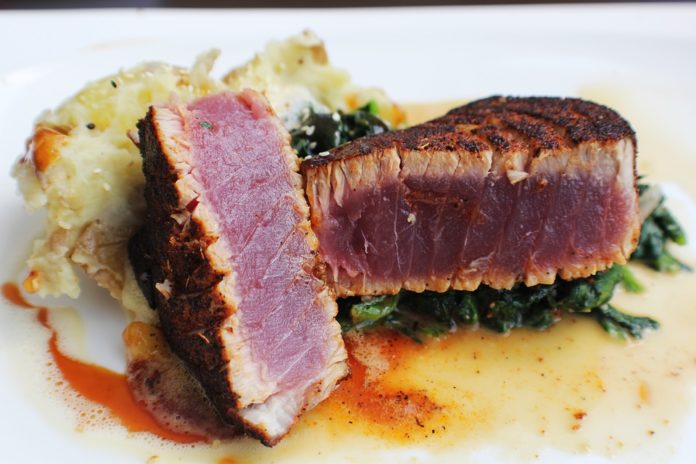
While any raw fish that’s not chilled properly can be dangerous, tuna is particularly susceptible to becoming inedible. It releases the toxin scombrotoxin, causing scombroid poisoning. Cooking it won’t help. Make sure you have some form of medical insurance if you plan to eat tuna, you never know… Moreover, seafood must be kept chilled from the time it’s caught until it’s cooked and served. Otherwise, you may suffer from gastric upsets like nausea, vomiting and diarrhea. You could also get a rash, flushed skin or get excessively sweaty.
18. Cucumber
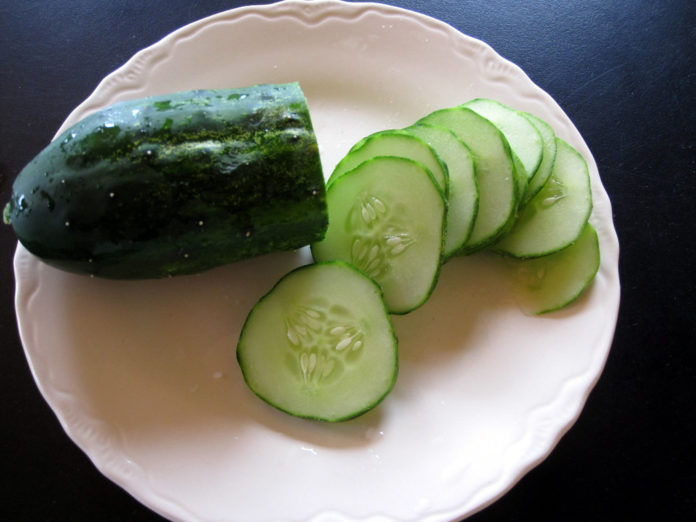
Contaminated cucumbers have been responsible for many salmonella outbreaks in recent years. Unlike most vegetables, they are seldom cooked. If there are any germs on the peel you may easily become ill. If you don’t eat the peel, the knife blade can transfer pathogens onto the flesh. Wash your cucumber, and change knife after peeling your cucumber.
19. Avocados
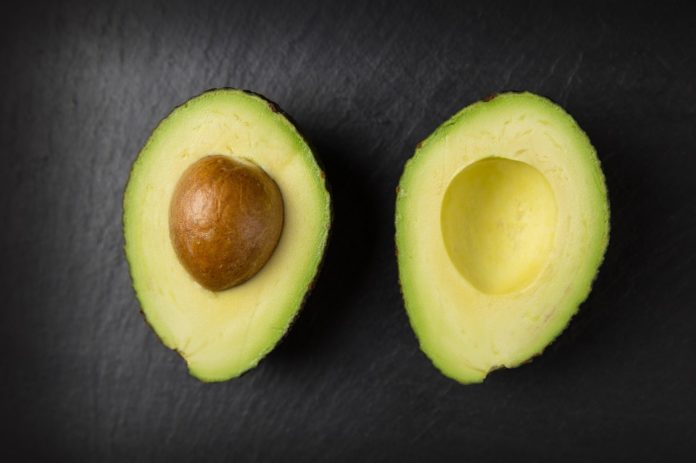
Avocados are full of healthy fats, which give you energy, but they can also be full of Salmonella and Listeria. Over the last eight years, there have been several recalls for avocados. It isn’t just raw avocado either—frozen or smashed avocados can also be dangerous for your health. Most often, guacamole was the food that caused sickness. Make your guacamole yourself if you want to be on the safe side of things.
20. Apple Cider
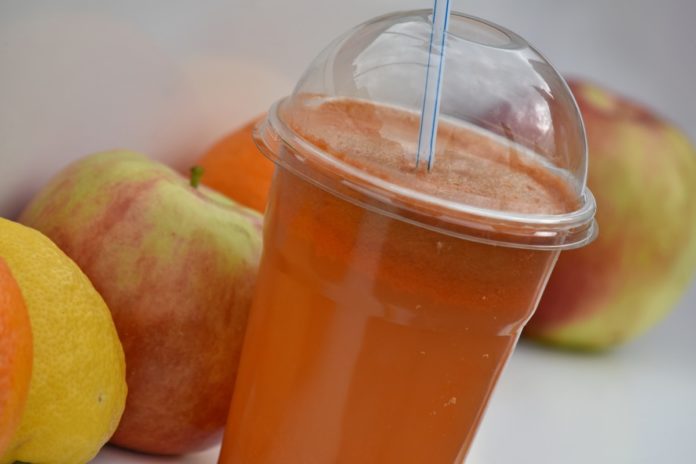
Many of us have stopped at an apple cider stand on a hot, thirsty day. This is risky though, because if the apples weren’t properly washed before being pressed, pathogens on the apple skin can get into the juice, causing food poisoning.
21. Sunflower Seeds
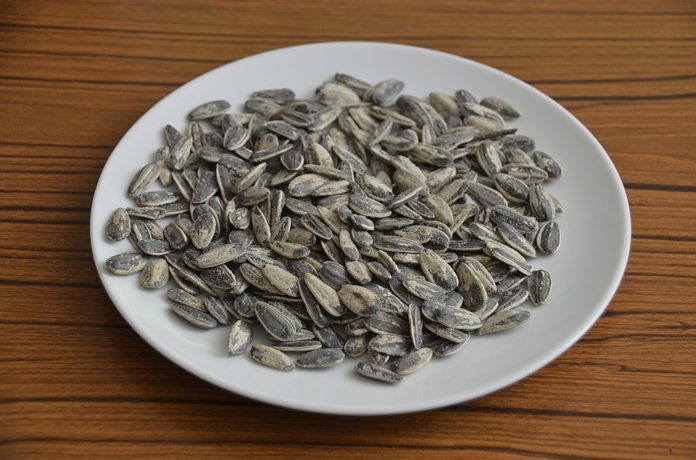
Nuts and seeds are very healthy foods to eat, but they can be dangerous too. From time to time, these foodstuffs are recalled because of listeria contamination. Pregnant women especially should be careful of this. sunflower seeds are found in many kinds of food such as health breads, granola, trail mixes and salad toppings.
22. Red Kidney Beans
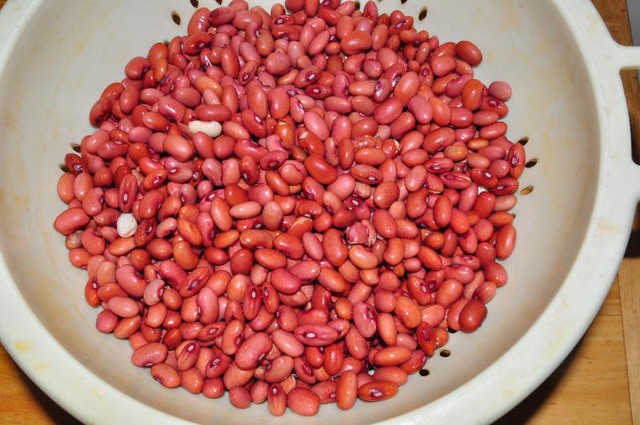
Beans naturally contain a protein called lectin. While some lectins are beneficial to humans, red kidney beans contain red bean lectin which is not. Some lectins should not be eaten because they cause immune responses or poisoning. The lectin in red kidney beans causes food poisoning that occurs with ingesting just a few raw beans. This is why you should never sprout red kidney beans or eat soaked raw beans. When raw, the beans contain between 20 and 70 thousand lectin units, but once cooked, they’re safe to eat as they only contain between 200 and 400 lectin units.
23. Cantaloupes
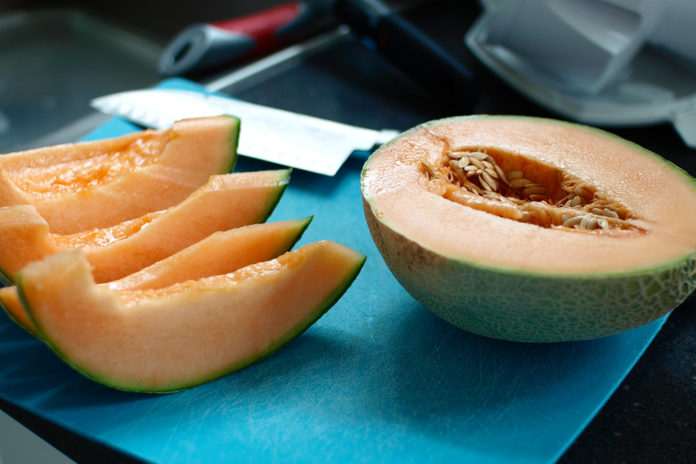
Just like the watermelon, we also constantly overlook washing the exterior of cantaloupes before cutting them. What a mistake! Cantaloupes are actually more likely than watermelons to carry bacteria such as Listeria, as its rough skin provides the ideal environment for bacteria growth. Furthermore, even washing it thoroughly isn’t enough to completely remove any trace of the bacteria. Eat at your own risk!
24. Ice Cream
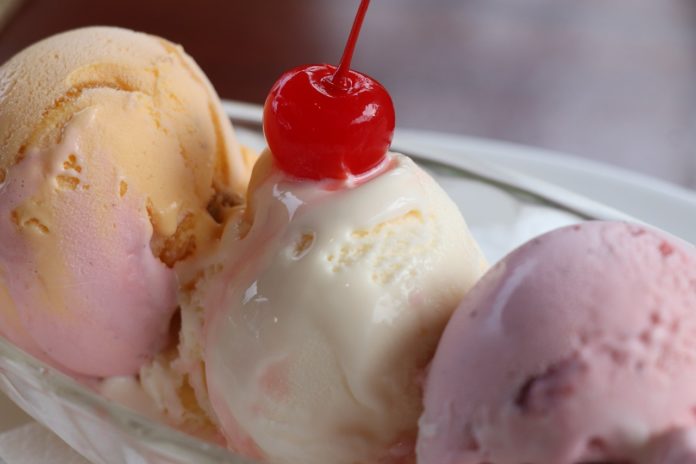
In 16 years, ice cream has been linked to 75 outbreaks of salmonella and staphylococcus. If you are making your own ice cream, look out for cross-contamination from eggs.
25. Peanut Butter
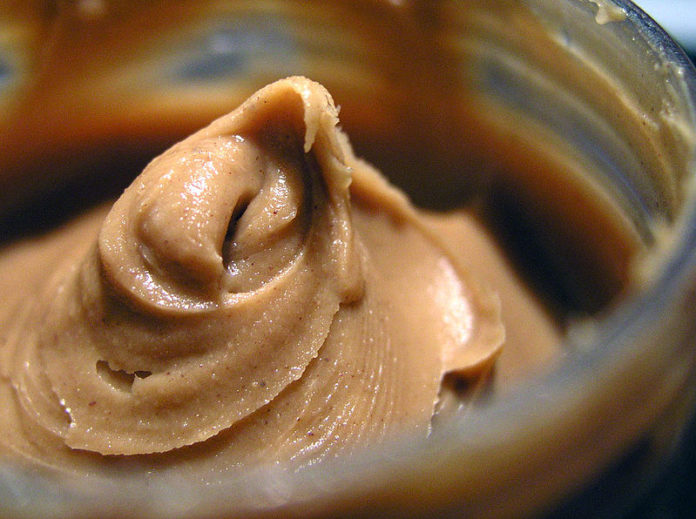
Is nothing sacred anymore? That’s right, you can get food poisoning from peanut butter. That’s what happened in 2012 when the bacteria salmonella made its way in our breakfast’s favourite. Make sure you stay informed of the food recalls to avoid food poisoning from peanut butter.





